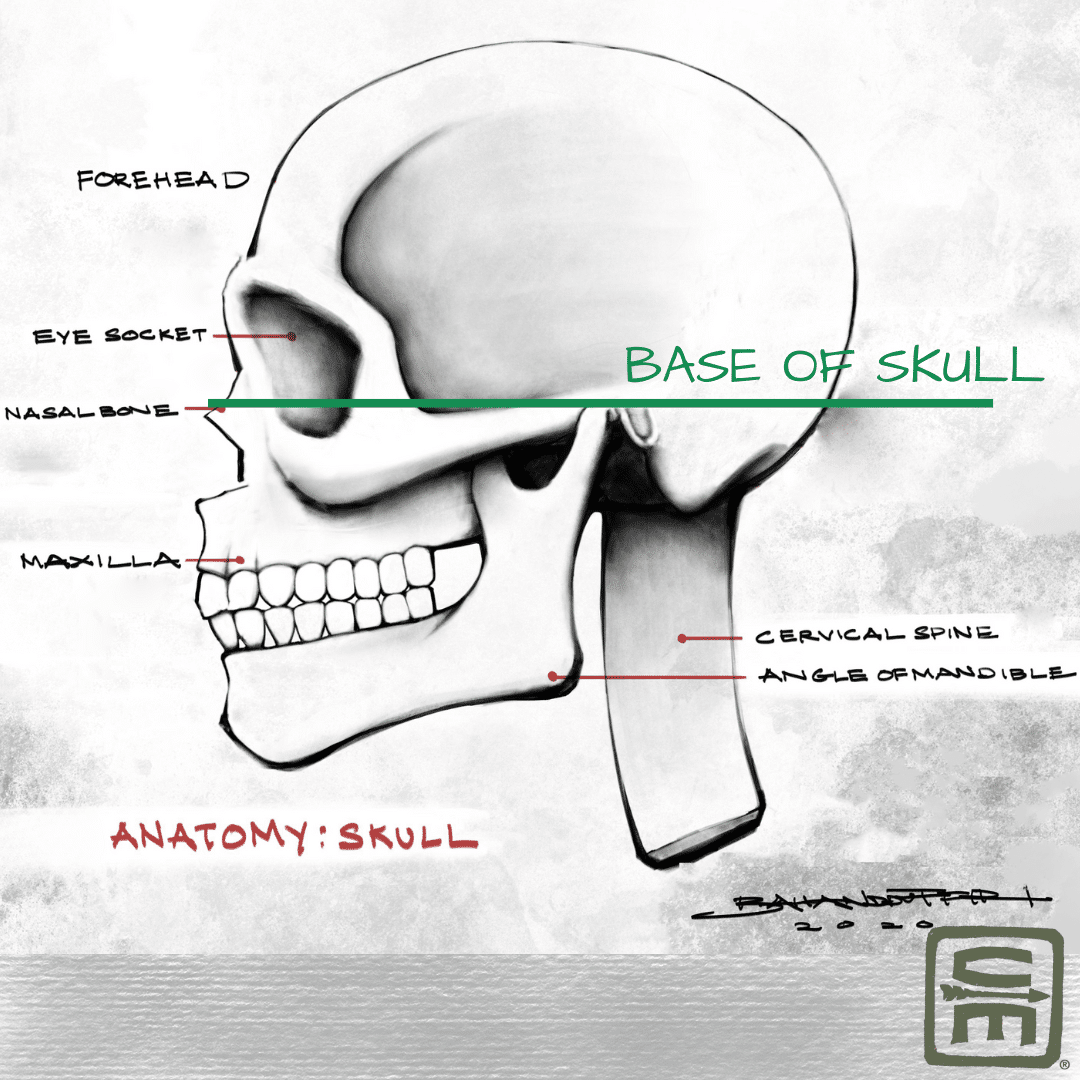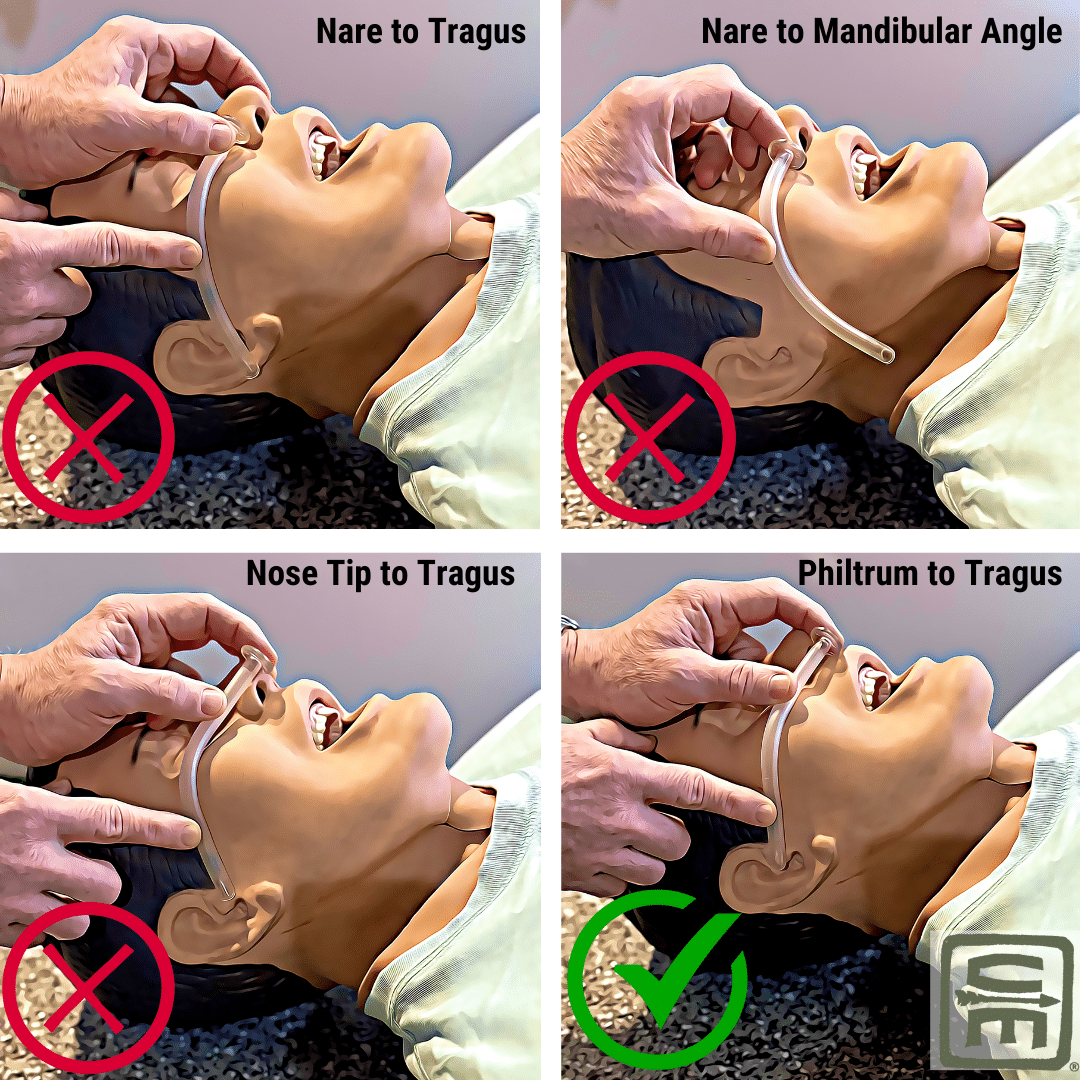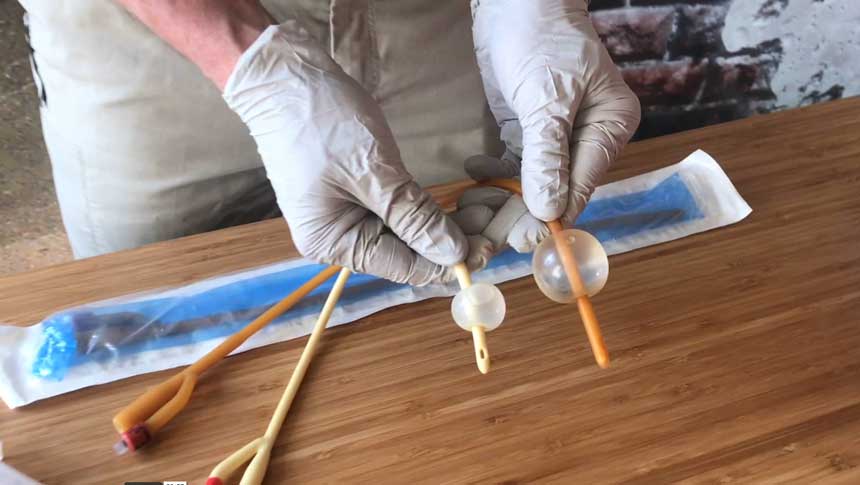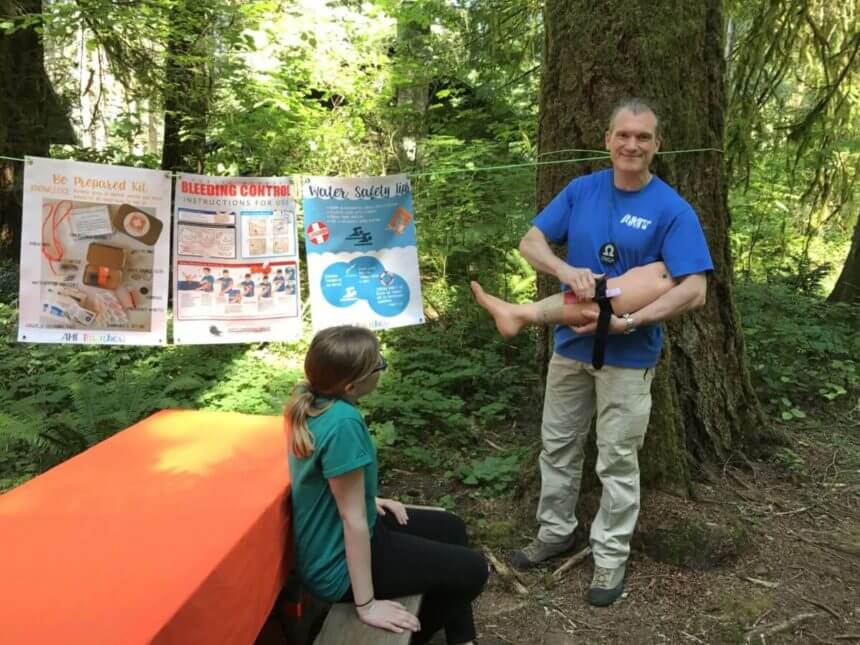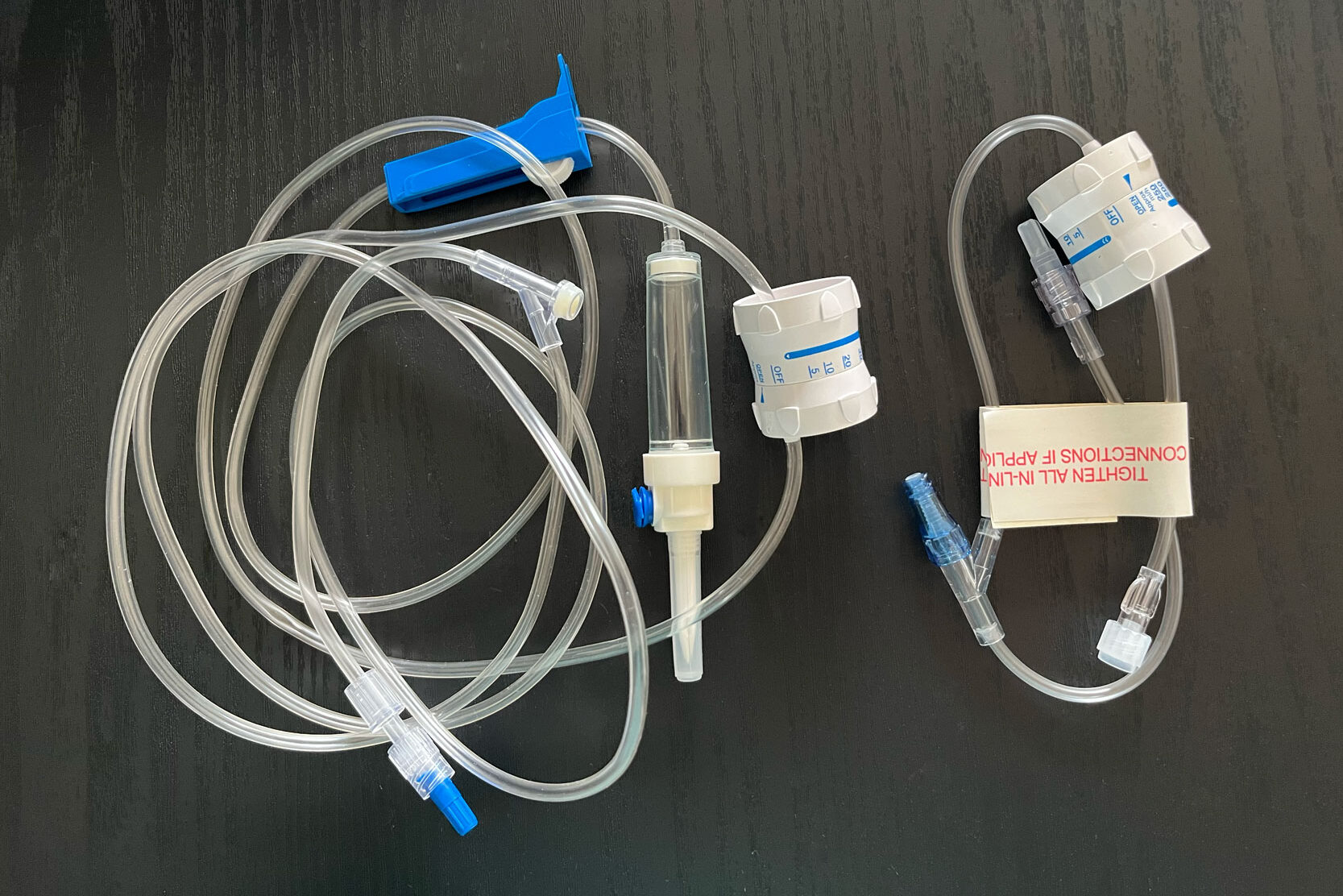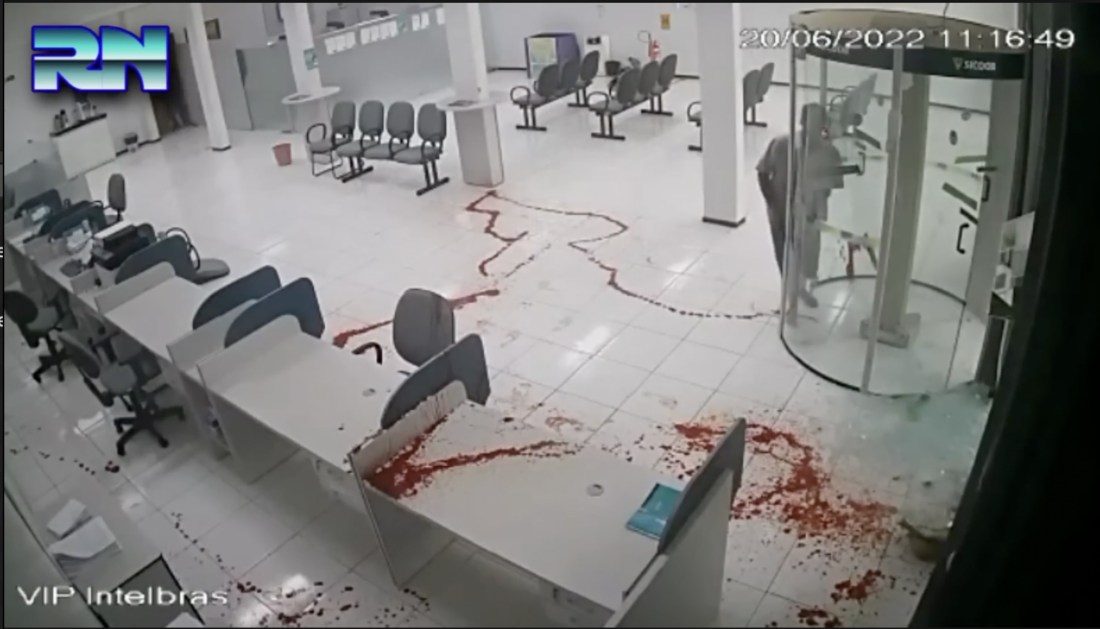🕖 Reading Time, 6 minutes There has been recent discussion about the rarity of significant complications from nasopharyngeal airway (NPA) placement. Many chalk the cases of inadvertent intracranial placement as essentially “something that never happens.” We were asked by a …
MARCH: Massive Hemorrhage, Airway, Respiration, Circulation, Hypothermia Prevention
The easy to remember mnemonic MARCH reminds us of the priorities in treating casualties during TECC and TCCC situations. MARCH provides a framework to address immediate life threats and gives an organized approach to begin a casualty evaluation. The MARCH mnemonic is preferable to the ABCDE model because it takes into consideration the reason you need an airway and to be breathing is to circulate blood to the casualty’s brain. Recognizing that, the first step in our casualty evaluation should be to look for massive hemorrhage.
Once past massive hemorrhage, A-R-C is loosely approximated by A-B-C. H- is a reminder that a large number of traumatic casualties arrive at the emergency department or medical treatment facility hypothermic which dramatically increases their death rate.
The MARCH mnemonic can be applied to any patient, as the initial casualty evaluation usually rules out massive hemorrhage.
🕖 Reading Time, 7 minutes The ability of a nasal pharyngeal airway (NPA) to maintain a patent airway is dependent on both the NPA’s internal diameter and length. Proper placement of a nasal pharyngeal airway ideally involves the tip of …
…many different ways to manage these wounds, this is one technique using a Foley Catheter (designed for urine drainage) to tamponade bleeding. It is best studied in neck wounds. This…
🕖 Reading Time, 7 minutes In support of our daughter’s experience at a local Girl Scout camp, we agreed to help rewrite the curriculum for their “Rainbow Progression” program of outdoor skills to ensure kids can be prepared. The program …
BLUF: The Dial-A-Flow IV regulating device is a cheap, lightweight, and easy option for administering IV infusions when traditional IV pumps aren’t available. Although it’s accuracy to deliver the exact volume of IV fluid desired can be + / – …
🕖 Reading Time, 4 minutes This video of an attempted bank robbery in Brazil shows that some injuries are just too rapidly fatal to intervene on. Based on Vietnam data, fatal penetrating neck wounds result from about 1/3 transection of …

